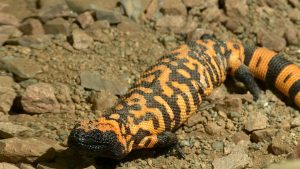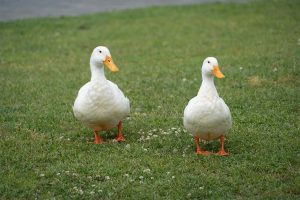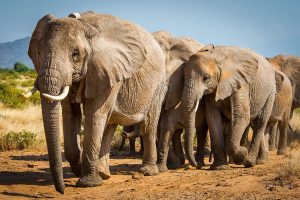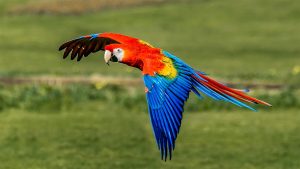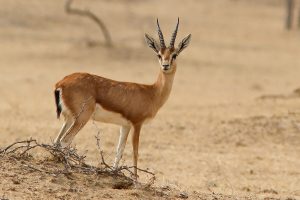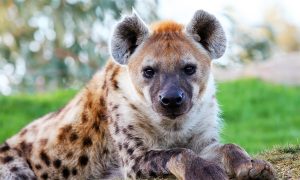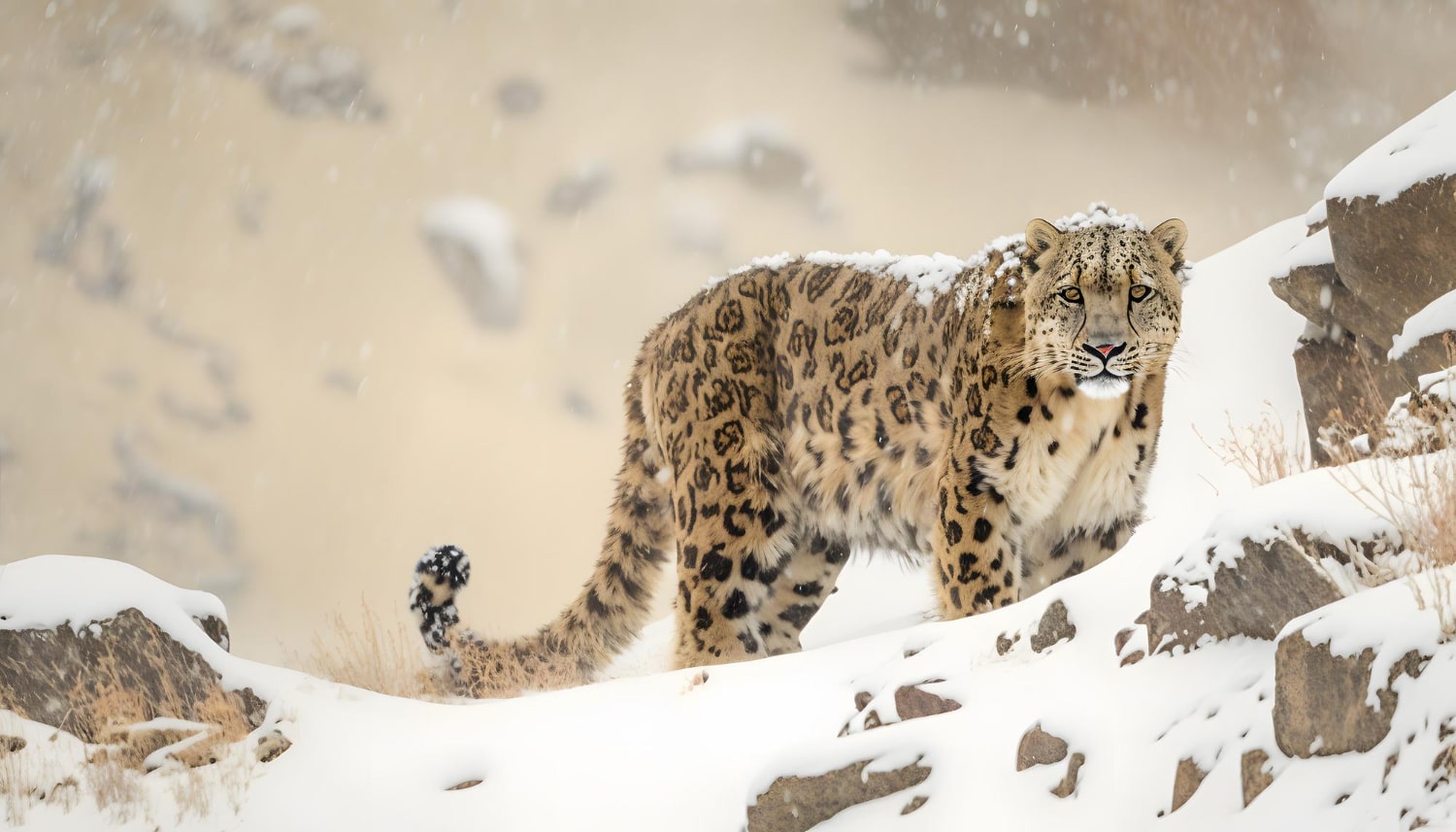
20 interesting facts about snow leopards
- 👁️ 914
Snow leopards, majestic and elusive creatures, inhabit the rugged and remote mountain ranges of Central Asia. Known for their stunning beauty and adaptations to cold environments, snow leopards hold a special place in the hearts of wildlife enthusiasts. However, they are also facing numerous threats, making conservation efforts crucial for their survival. Here are several intriguing facts about snow leopards:
- Snow leopards are perfectly adapted to their snowy habitat with their thick, dense fur that helps them withstand extremely low temperatures.
- Their beautiful fur is pale gray with rosette-shaped spots, providing effective camouflage in the rocky terrain.
- Snow leopards have a long, powerful tail that helps them maintain balance and acts as a warm cover when resting.
- These elusive cats are solitary animals, with males and females coming together only during the breeding season.
- Snow leopards have the ability to leap up to 50 feet (15 meters) in a single bound, making them excellent climbers and jumpers.
- They are highly territorial animals, with each snow leopard requiring a large home range for hunting and survival.
- Snow leopards are well adapted to high altitudes, with their wide nasal cavity and enlarged lungs that help them breathe in thin air.
- These magnificent cats are known for their incredible agility, able to navigate steep slopes and rocky cliffs with ease.
- Snow leopards have powerful hind legs that allow them to leap across treacherous terrain and capture their prey.
- Their diet mainly consists of blue sheep, ibex, and other mountain ungulates, but they are also known to eat smaller mammals and birds.
- Snow leopards are crepuscular, meaning they are most active during dawn and dusk.
- The snow leopard’s long and dense tail not only aids in balance but also serves as a makeshift scarf to protect its face and nose from the cold.
- These cats are capable of surviving without water for extended periods by obtaining moisture from their prey.
- Snow leopards are incredibly elusive, and their population density can be as low as one snow leopard per 100 square kilometers.
- They are well-camouflaged in their habitat, making them difficult to spot even for experienced wildlife observers.
- Snow leopards can vocalize through a range of sounds, including chuffing, hissing, growling, and even a bird-like chirp.
- Female snow leopards give birth in rocky dens or crevices, typically to a litter of two to three cubs.
- The cubs stay with their mother for about two years, learning essential hunting and survival skills.
- The population of snow leopards is estimated to be between 4,000 and 6,500 individuals in the wild.
- The International Union for Conservation of Nature (IUCN) lists snow leopards as a “vulnerable” species due to habitat loss, poaching, and climate change.
Snow leopards are truly remarkable creatures that have adapted to survive in extreme mountainous environments. As endangered animals facing numerous challenges, they require our attention and conservation efforts to ensure their long-term survival. By raising awareness, protecting their habitats, and addressing the issues that threaten their existence, we can work towards securing a future where snow leopards continue to roam the majestic landscapes they call home.



